Num. 4 - August 2015
Tutti gli articoli
Tutti gli articoli
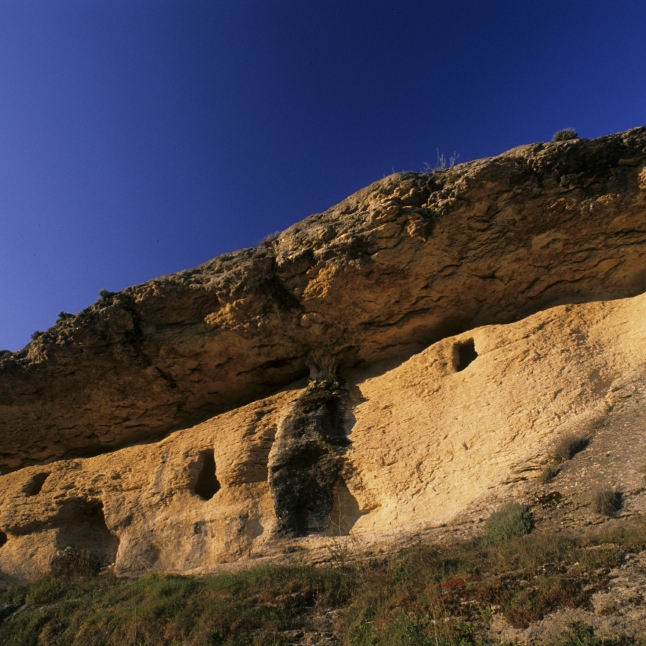
01 August 2015 The magic of the Janas
Beyond the hills of Vagante Island, tagged into the rock or into the granite, there are the fairy houses, that open the doors of the enchanting world of the small creatures with the diffused light, precarious between dream and reality, and that are usually called Janas, in the Sardinian collective imagination.
They come from a far world, where spring is active constantly, because the native island of the mysterious and fantastic pixies moves itself continually, to the research of the hoped season that makes elegance to their majestic brilliance.
The periodic spring existence intentionally realized by who live with the light, in the course of the infinite centuries, has involved the transfer of the enchanted people such that they have earned the epithet of "people of Vacant Island". But, the happy stability of magical living, despite its movement beyond this world, as soon as possible, finished because of the eruption of the only insular volcano hung up between the waves, under which Pixies, through their peculiar nails, carved their magical houses into the rock.

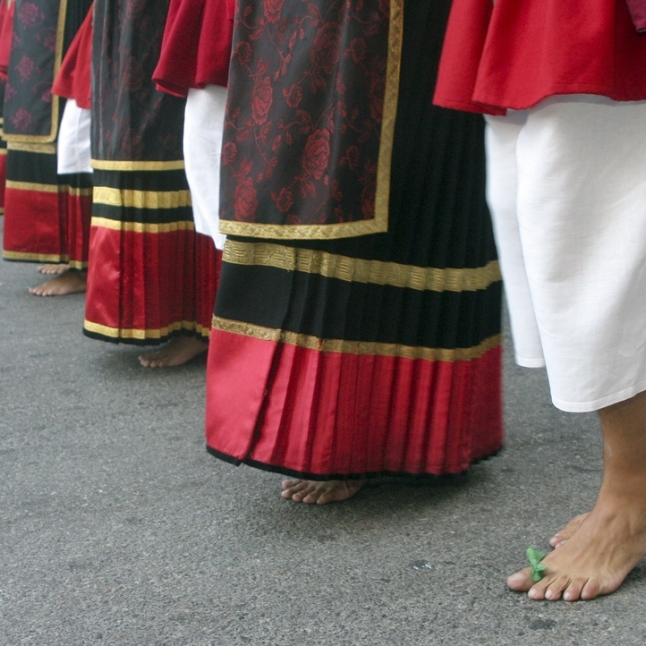
01 August 2015 The disappearance of Mannorri, between history and legend
In Sardinia there are many tales about villages disappeared because of many different reasons, especially epidemics or floods; but there is a village that has a very special story: Mannorri. To decide the disappearance this small village, on the road from Talana to Urzulei, in the Ogliastra county, has even been a terrible feud in the late eighteenth century.
The story of Mannorri, like all the legends that are observed, is shrouded in mystery. There are historical documents proving that the disappearance of the village took place only because of a bloody disamistade (enmity), but several factors that joined together bring this incredible conclusion. Among these are the small demographic consistency and the expansionist ambitions of neighboring villages, but also an epidemic of plague between 1755 and 1780, reaching exactly the terrible feud that marked the end of the village.

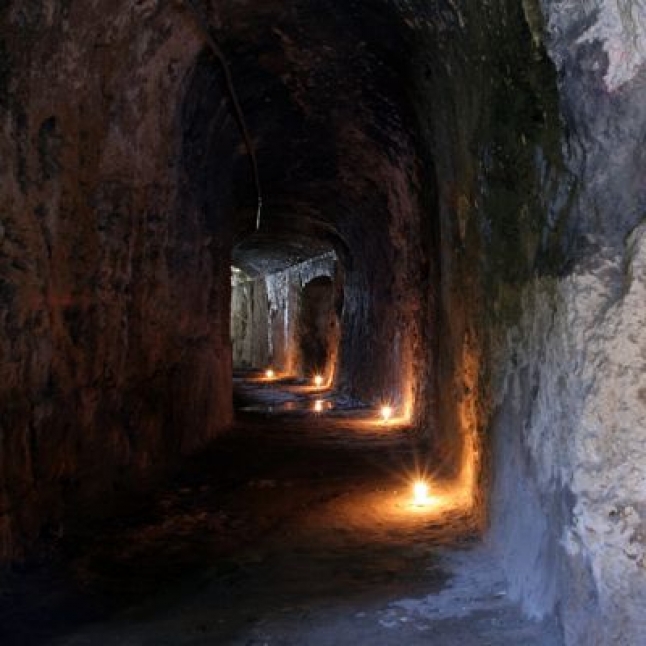
01 August 2015 S'ingurtidroju: the sink hole
Along the slope of the hill of Buoncammino, in the small natural Palabanda valley, facing the Capuchin Church of St. Anthony of Padua, stands the structure composed of large steps carved into the rock that surrounds the central elliptical space, the arena.
It was built as a place of executions, of fight between men and wild animals and between gladiators. What looks like a prestigious archaeological asset to be preserved, hides an ancient legend inherent an ambiguous vertical depth cavity which is grafted into the ground, almost passing unnoticed, but present and significant.

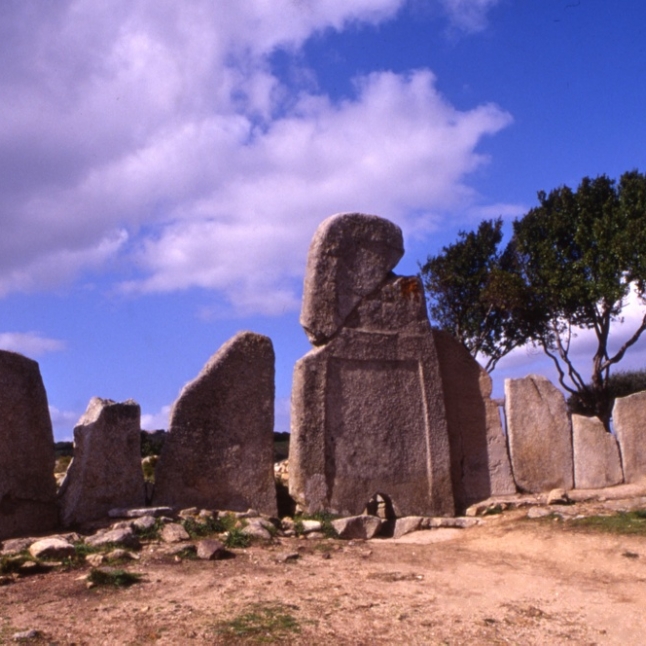
01 August 2015 Sardinia land of magic
The Ancient Ones were, the Ancient Ones are and the Ancient Ones will be. They went down from the dark stars, before humans they were born, invisible and terrible, on the early Earth.
Under the oceans they waited for long eras, until the seas erupted the mainland, and their lineage swarmed on Earth. They erected cyclopic cities of titanic towers and monoliths towering up to the sky, and, on high grounds, the temples of those who the nature does not know and the Gods have cursed. And all creation bowed down to their power.
Then primordial Sovereigns opened their eyes and saw the abominations of those who ravaged the Earth. In their anger they raised their hand against the Ancient Ones, stopping the iniquities and expelling them from the Earth into the abyss.
Finally, the crazy Arab, Abdul Alhazred, mad because he had invoked the Ancient Ones and had seen them, tells that the primordial Sovereigns put their seal on the door of the abyss, thus keeping at bay, at least temporarily, the power of the Ancient Ones.

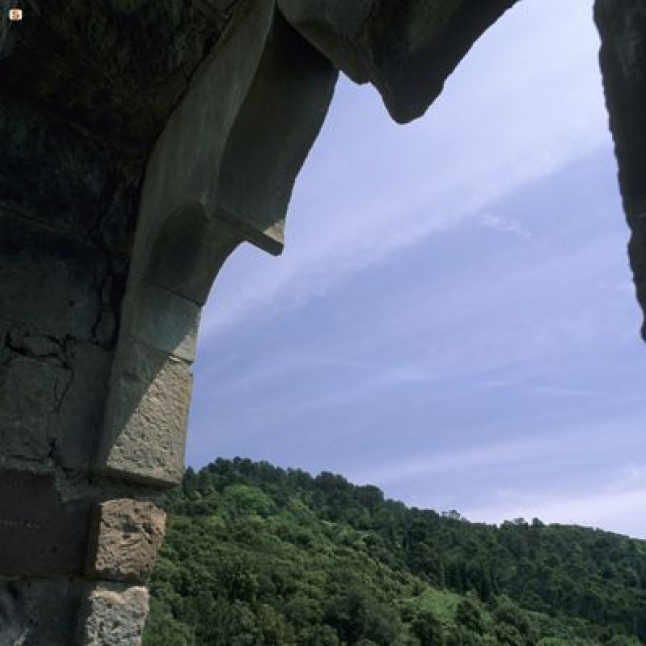
01 August 2015 The Castle of Aymerich Family in Laconi
Surrounded by a picturesque tropical greenery that mixes up through an alternation of colors and sounds, harmonized by the deafening rustle of the falls water, the Castle of the Marquises Aymerich, lords who have inhabited here until the middle of the 1800s.
The garden, wanted by Ignazio Aymerich Ripoll, is indicated as a natural museum, but, the castle is the seat of the ancient defense fortress of the Kingdom of Arborea, whose upper floor presents a variety of windows with a flexed arch of Gothic-Catalan style.
The legend was born in the walls of the castle. A young girl, lover of her freedom, when she reached the wedding age, refused the father’s will about an union with a man known by her but not wanted. Because of the disobedience of his daughter, her father, unconcerned of the kin relationship, made her brick over living in a perimetral column of the stronghold.
They tell that since the day of her death, the spirit of the unlucky girl lingers in the surroundings, and, looking for a claim for the oppression that she suffered, she frightens the visitors. Who knows if, in a moment of apparent calm, through the arcade openings, she shows the majestic view, thanks to the colors of nature and the effects of light of the water of Laconi Park, historical village of Saint Ignazio. Actually, also where the mythical thought seems to be far from the common life, it was spread, in the wooded meanderings of the park, a history with uncertain origins, but, that finds a cultural branch if not ascertain, but certainly reflected, in the traditions of the past and of the present of some people and countries where wedding is not between two consenting individuals, but, it is a result of an imposition.

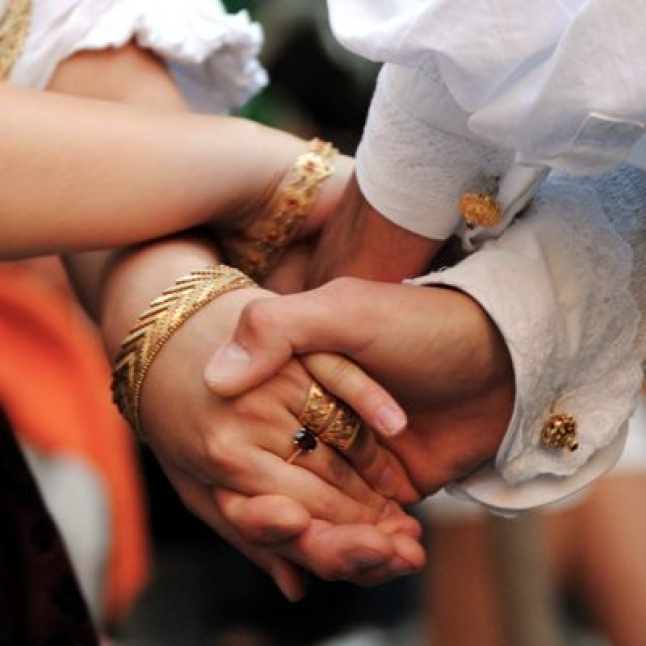
01 August 2015 A legend hidden in the depth of the Calamixi Canyon
On the Calamixi mountains, in the area of Domus de Maria, you can admire the splendor of a canyon excavated during the years by a stream, the Calamixi Canyon, a such etching that it presents some faces very steep.
This difficulty for crossing it involves the choice of walking by feet, using shoes and clothes suitable for the occasion.
The area is characterized by the presence of a wood of holm oaks and by a funny game of spurts of water by the stream, that creates some falls.
The next stage needs the use of tools typical of the climbers. Therefore, only the most experts can carry on and enjoy the outlook, because it is not easy to be observed resorting to a mere walking.
In this area, it is narrated an ancient legend linked to the very particular life of an old woman.

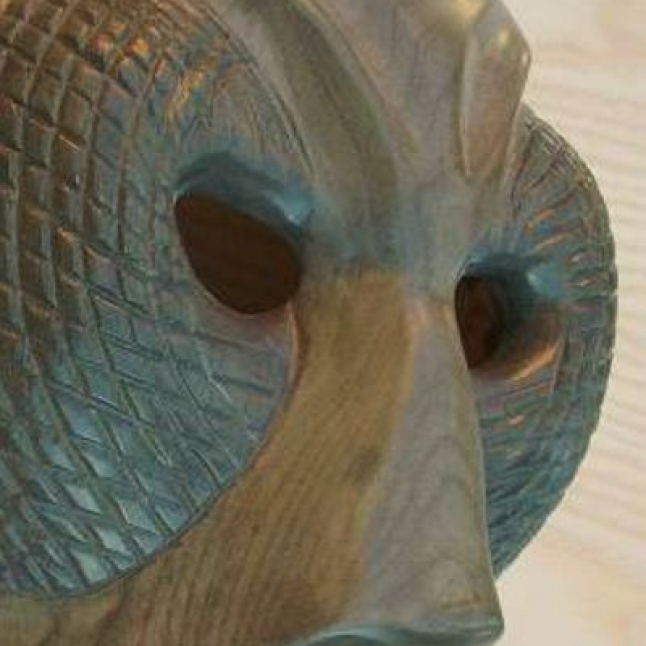
01 August 2015 Here is the musca macedda!
Big as a swallow, a sheep or even an ox, but with two wings, numerous eyes and the possibility of moving through swarms – or herds – we can say: sometimes fear has excessive sizes, above all if it is linked to the decay of own land and of the mass destruction of human lives.

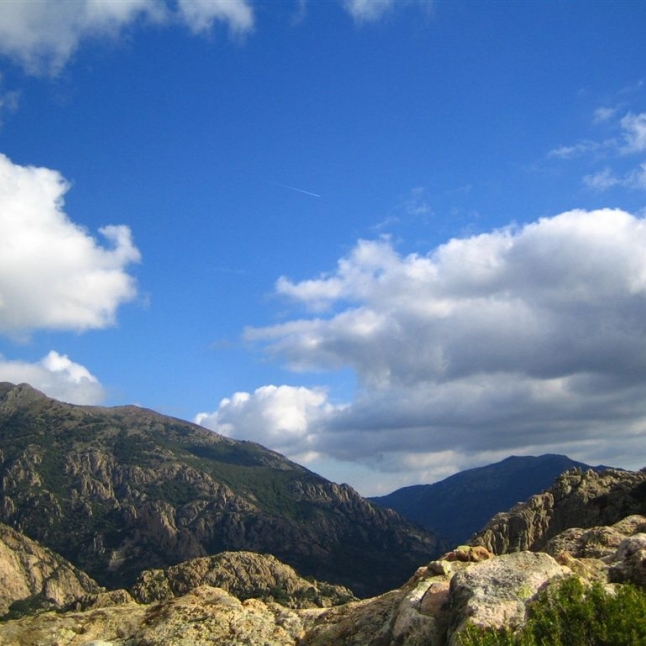
01 August 2015 Villacidro, a village surrounded by the mystery
In the middle of Campidano territory, under the Castangias valley, Villacidro rises up, the "village of darkness" by Giuseppe Dessì, the village of the ancient superstitions that, according to Francesco Alziator, academic and anthropologist, is reminded as the Sardinian Benevento.
There are numerous histories about the unusual rituals, propulsive of a kind of agitation that lingers on the residential area and above all on the surrounding woody area, as a symbol of the memory of a village with several names come from the legends transmitted since the origins. Among these ones, the epithet of "village of the hanged people" seals the cursed myth of Villacidro.
At the base of the legend, a curse that reminds the old histories told during the sleepless nights spent in the hangouts in the squares or in a friend’s home. The only element of annoyance is the fear. Listening something about evil spells or curses, influences own mind impeding it from distinguishing the reality from the unreal world, a subject that is a big success in Sardinia and even more so in the small country community.

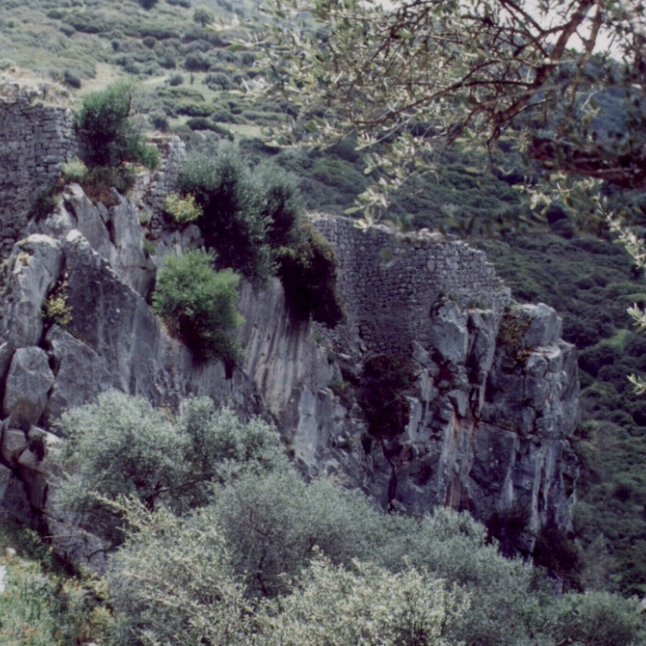
01 August 2015 The Castle of Medusa between history and legend
Despite several legends, news of historical character about the Castle of Medusa are few. In this journey, we will discover all the real and fantastic features of this extraordinary isolated place.
We can begin with the history. In the middle of the canyon of Laconi and Samugheo Mountains, between Samugheo and Asuni, you can glimpse a rock that sinks; a big monolith that erects on the scrub and on the wood. There is a small road in the woods, that is a crossroads of precipitous dark paths and that, finally, leads to a cave that joins itself with the enormous rock. A bridge is the only entry for whoever wants to be on top of the rock.
The Castle of Medusa rises up in a wide valley, in an unusual position, because it has no purpose of control, but, only of security. Indeed, it is incredibly hidden. The floor of the Castle is cluttered of some trees and bushes. Various ruins arise, as a bequest of a building that once was certainly Majestic. There are some breaches that sink into the land and that, through a precipitous canyon, lead to underground rooms.
Establishing the antiquity of this Castle is an arduous challenge. It was dated back to the Middle Ages, through these caves that allow to imagine some narrow jails. That is the origin of its appalling name, dated back to the Greek mythology and the discover of more than one Roman coin, into the caves, that refer the first core of its ancient framework exactly to the Roman Epoch.
Until here the history of the Castle, that shows a little of its ancient splendor, but, that still hides, through its perimeter, its dilapidated stones and its narrow position, much more than that is shown to the human eye. The passage from the history to the legend is not drastic, but, accompanied by an odd and ambiguous happening.

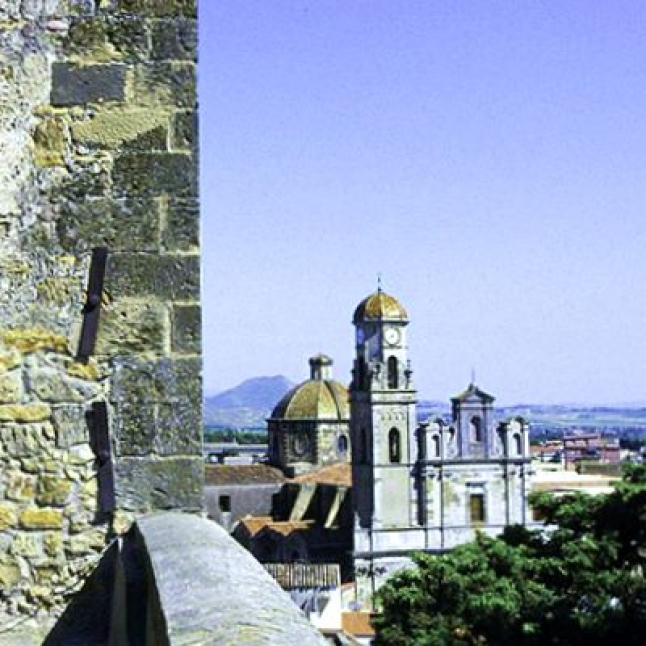
01 August 2015 "Sa Battalla" and the legend of the Beauty of Sanluri
History and legend face each other in the proverbial contrast that wants to prevail one over the other and more often if this does not happen or if you do not want to limit the facts to a one way reading, the combination of both is the best operation you can make. This story, in fact, intersects history and legend, blended together to create a unique event.
In 1409 near Sanluri it was fought the famous battle between the Catalan-Aragonese forces, led by Martin the Younger and the Sardinian army of the last Giudicato (state entities of Sardinia that took power between the IX and XV Century, ruled by a king called judge) the last still living in Sardinia, the one of Arborea, led by Guglielmo III. The Giudicato army was made up of over fifteen thousand soldiers, ill-equipped, also supported by troops from Pisa, Genoa and France, by higher number than their rivals, but less trained, adapted and equipped.

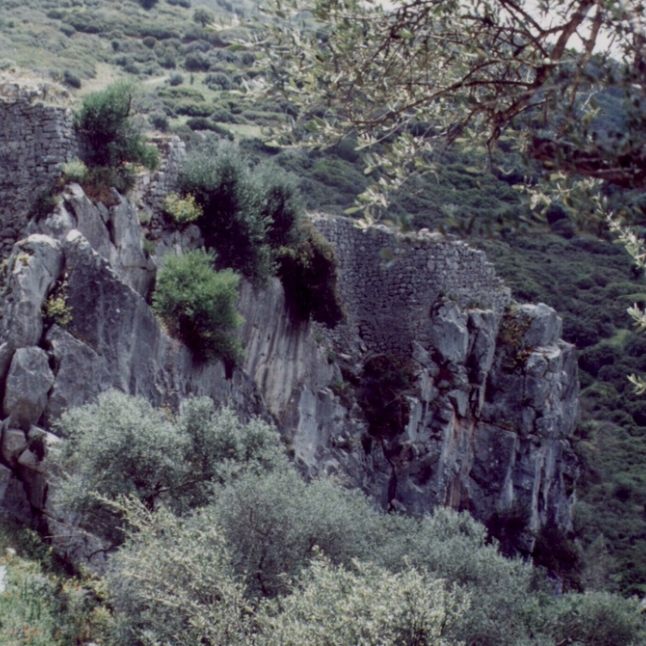
01 August 2015 The Castle of Medusa between history and legend
Despite several legends, news of historical character about the Castle of Medusa are few. In this journey, we will discover all the real and fantastic features of this extraordinary isolated place.

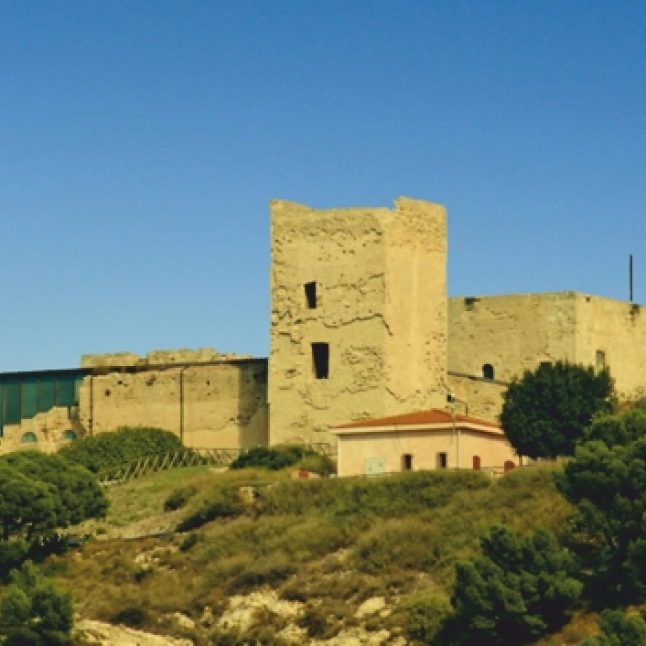
01 August 2015 The castle of Saint Michele
Like Rome, Lisbon and Istanbul, Cagliari, too, is built on seven hills. A coincidence that, although it does not give the same importance to these cities, adds to its charm. One of the hills is that of San Michele. It is named after the homonymous district. However, the district of San Michele in Cagliari has a jewel that stands nestled on the hill: The castle.
Today the castle has an excellent condition compared to the state of abandonment in which it poured a few decades ago. A beautiful green park, full of plants and trees, with a breathtaking 360 degree view of the city and beyond. The structure has been properly restored and delivered to the citizens in satisfactory condition. Meeting place, art galleries and cultural events in general, is a successful example of a re-evaluation of the place and its history.
Massimo Rassu and Antonello Serra have dedicated an interesting and enjoyable book to a symbol of our city, a great historical heritage of great interest.
Those who are taking the road that leads from the island the chief town, for several kilometers before reaching the target, can see the imposing outline of the castle, which in reality looks decently modest in comparison to other similar structures. In different strategic points of Cagliari, sharpening the view, you can glimpse it standing proud.
Only few people know its history. The authors of the above quoted text have precisely, in detail and with wise simplicity, described as historical documents and archaeological studies have testified about its construction.
The complex has a rectangular shape, consisting in three quadrangular plan intact angular towers. It was built on the ruins of a Byzantine church, in turn built near the ruins of a monastery dedicated to St. Michael. The historians of the past handed down the original building, the convent, it had belonged to the Carthusian monks. During the domination of Pisa, the building was built on the church and on what remained of the structure of the convent. Canon Spano passed on about a solemn celebration which was celebrated on September 29, the feast of St. Michael the Archangel, until the Nineteenth Century, in a chapel later incorporated into the structure through the work of a restructuring.

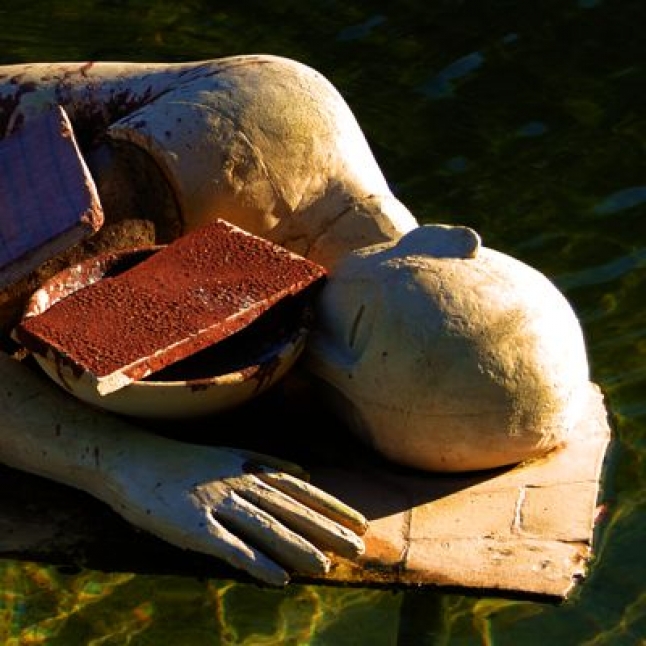
01 August 2015 The goblin with seven caps and the golden pot
Once upon a time made of magical creatures leaping among leafy woods in the neverland world, a mischievous elf troubled Sardinian nights from the dawn of life. It is said to be partially a demon, the disturber of the unfortunates sleepers, who, eager to doze off in total peace and serenity of mind, were awakened by a small but sturdy creature.
Myth of a thousand names, we will know it as the goblin with seven caps because of the traditional headgear he worns lightly; albeit defined Pundacciu di li sette barritti (Pundacciu of the seven Phrygian caps) in Gallura dialect, Ammuntadore, sa Surtora and Matzamurreddu are respectively the vernacular names in the region of Logudoro, Ghilarza and Campidano.

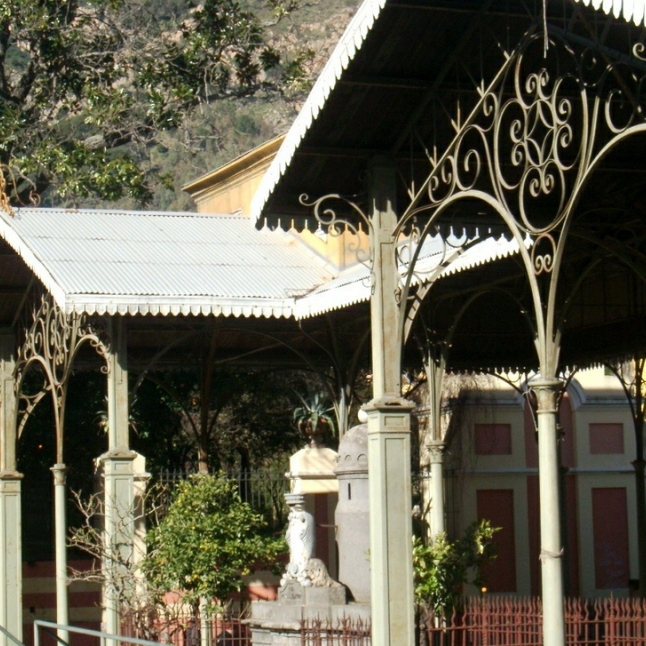
01 August 2015 The sad fate of the Panas


01 August 2015 Is Contus de foxili and the mystery of Is Cogas
How many times will it be happened to listen the tales told by grandparents after dinner or before going to sleep and to let you cradle by their voice that described far and magic places and fantastic characters? The curiosity of the younger was such that they did not have the will to go to bed and their mind imagined everything their ears heard in that moment.
In the village of Villacidro, too, state capital of the Medio Campidano, there was the habit to sit down outside in the garden in Summer or in front of a fireplace in winter for exchanging people’s tales and legends, through the Contus de foxili (tales of fireplace). The adults were able to tell the tales of the village with care and without creating fear; on the contrary, they aroused interest among children who remained seated and who paid attention to the words of the tellers.
The area of Villacidro is good as a place of mystery and obscurity, because it presents big stretches of vegetation given by woody lands and areas of mountains. Oaks, myrtle, brooms and deer, boars and hawks represent the most present good in this environment that is the perfect corner of paradise. The breath-taking view allows to imagine those places that stand out from the adults tales and to believe that they hide "utopian realities". This enormous area offers the possibility of creating some myths and mysterious tales that became such of public knowledge that they are considered true.

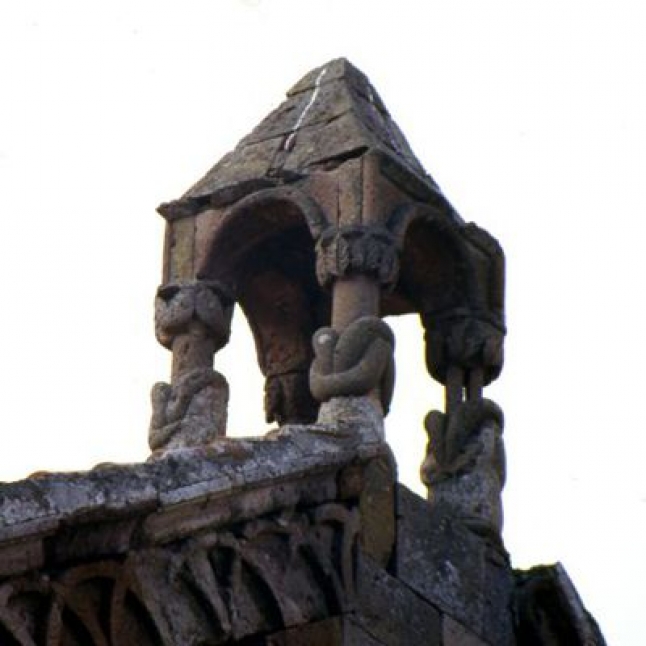
01 August 2015 The sunken bell
Many and many years ago, in Ghilarza, in the Barigadu region, the heart of Sardinia, where the mountains meet the plains and the cold north winds meet the sirocco of Campidano plain, a white church was built, and it was dedicated to Saint Antine, wich was said to have brought so much luck to the people of the village.
The tolling of its bronze bell, calling the faithful to prayer, flew over the forests of oaks and cork trees reaching the opposite bank of the river Tirso. Here is Ulà and at that time people from Ulà and Ghilarza were not going very well.
"It's better to have a dead at home than a Ghilarza Man at the door" said ones, and the others replied "If, when you are about to shoot a fox, see somebody from Ulà, let escape the fox!" Local pride grudges, of which, now, fortunately, no trace remains anymore.

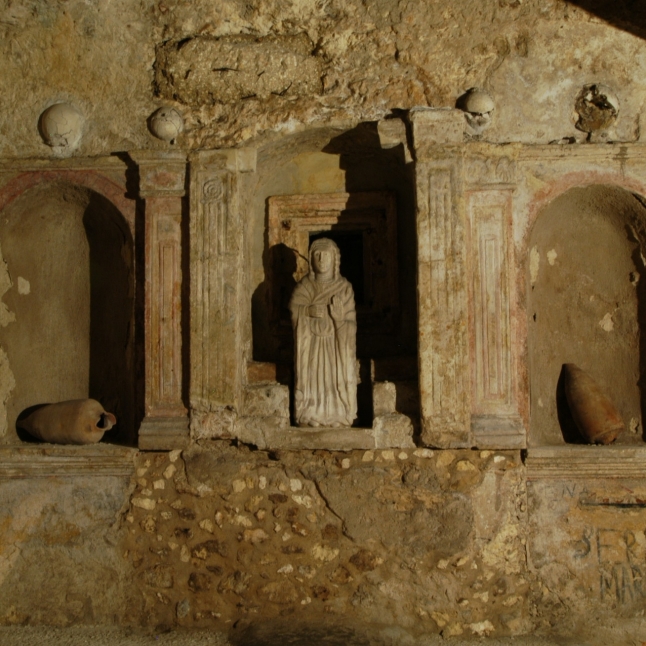
01 August 2015 The crypt of Saint Restituta
In the old town center of Cagliari, in the Stampace District, almost in the end of the acclaimed Carlo Felice Boulevard, and leaving behind the port area, but, not the typical perfume of the sea of the sun city, there is an epic curative cave, according to the centuries-old and chimerical Sardinian people’s tradition, the Santa Restituta crypt.
Under the namesake Church, the cave presents a precipituous staircase that leads towards the location where her cult, her imprisonment, her martyrdom, but, the legend, too, began. Indeed, in a column isolated in loco, she would be tied, tortured, but, since she was still devoted to her credo, she was burnt living.
From that moment onwards, until 1800, according to people’s tradition, the crypt began a spring of healing for who was affected by the life in own physical integrity and that went to the sacred place and enveloped in the mystic atmosphere, sprinkling with the land of the subsoil. People looked for the characteristic healing through the execution of miraculous ceremonies, able to restore the psycho-physical equilibrium removing miraculously the cause of the malaise.

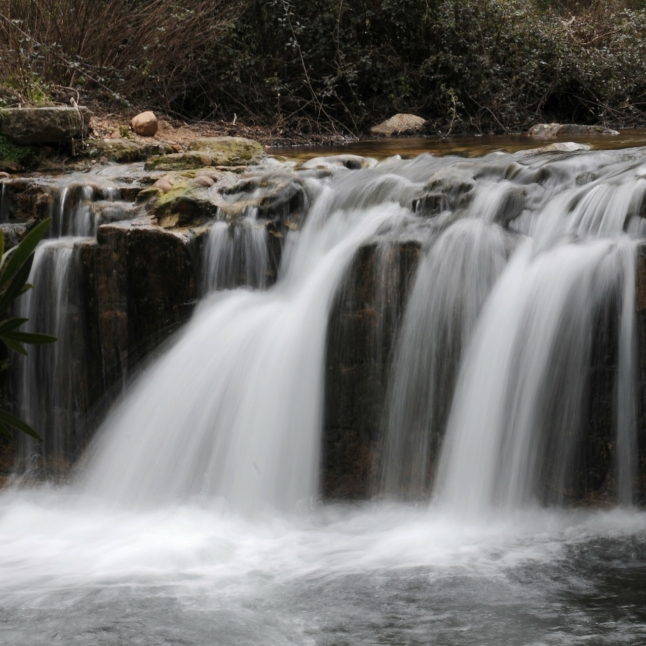
01 August 2015 The legend of the source "Friorosa"
Nowadays, The legend of the source of Sa Friorosa has been telling emphatically and with great participation. It has its roots in the extraordinary importance that water has always had for Sardinian people.
The term "friorosa" means chilly and so was named the third daughter of a shepherd of Isili. She was so named precisely because this poor girl, unlike her sisters, suffered always of cold chills, in summer and winter; she was weak, exhausted, sick, powerless, unfit for any work.
The little girl could not be helpful in any way, because every little move cost her a lot of efforts and that inability her great discomfort.

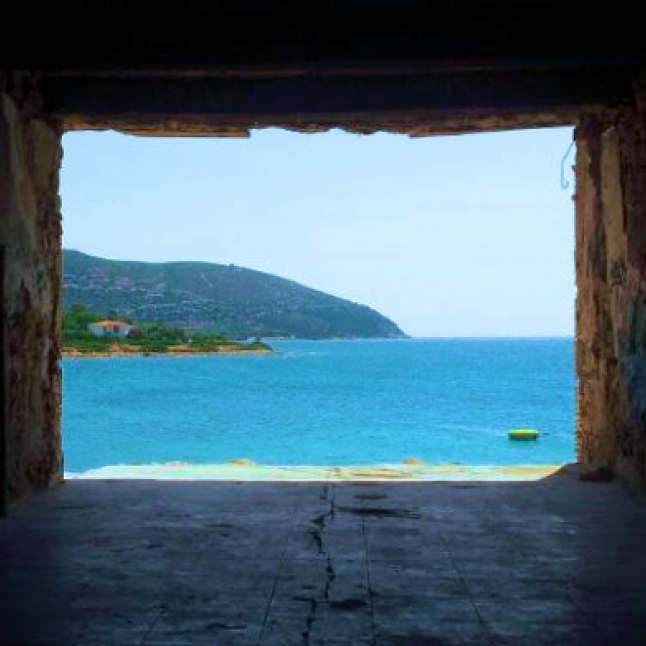
01 August 2015 The legend of Capitana
For many people it is just a beautiful stretch of coastline on the road to some of the most beautiful beaches in the province of Cagliari. A touristic resort, but also a year-round inhabited place by nature lovers. The white sandy beach is increasingly consumed by the embrace of the crystal clear waters; villas, sometimes stylish, sometimes simple, climbed on the hills, are opposed to what still remains of the rural past that for centuries has dominated the scene. Once it was one of the stages of summer night life, but the crisis has consumed the clubs, pizzerias and so was the setting for recreation.
Simplicity, luxury, peace, fun, history and legend, are nouns that can tell the place. The last two are the most interesting. As for the story, Capitana has an important archaeological site. The Nuraghe Diana is located thirty meters from the sea on Is Mortorius hill. The cape takes its name from the quarantine hospital that was located on the pebble beach. In the territory of Quartu, of which this land is part of the compendium, the nuraghes are about forty; evidence of human presence in the area from about six thousand years ago.
The nuraghe is ranked among those of complex type, three towers, one higher than the others; the complex stretched up the slopes of the cliff, it is now broken by the road. A structure built as a fortress of sighting, destination of use exploited over the centuries up to the last war. An archaeological area underestimated and undervalued. Real qualifiers interventions are dated back to 2000. Today it is one of the many misunderstood and set aside archaeological sites in the region. Two acres of land on which there were a tuna trap and a former quarantine hospital.
